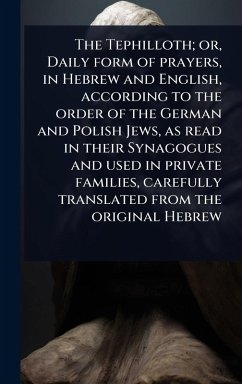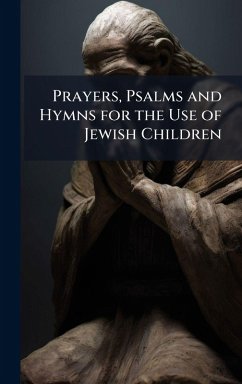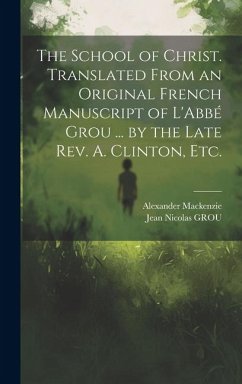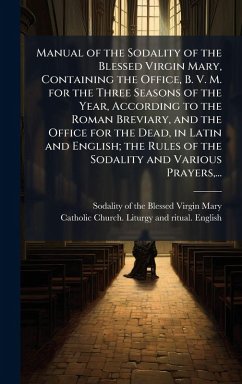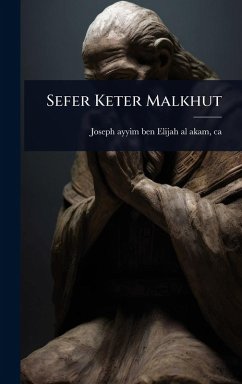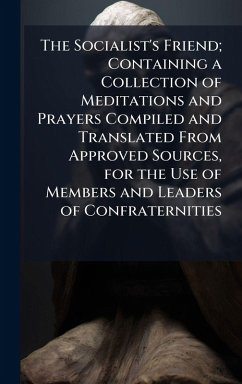
Mazor Le-pesa. The Form Of Prayers, For The Feast Of Passover; According To The Custom Of The German And The Polish Jews, Carefully Translated From The Original Hebrew
Versandkostenfrei!
Versandfertig in über 4 Wochen
37,99 €
inkl. MwSt.
Weitere Ausgaben:

PAYBACK Punkte
19 °P sammeln!
Mazor Le-pesa (translated: A Narrow Place for Passover) is a prayer book containing the order of service for Passover, meticulously translated from the original Hebrew. This edition reflects the customs of both German and Polish Jews. It offers a unique window into the religious practices of Jewish communities in the late 18th century. This volume includes the traditional prayers, blessings, and readings recited during the Passover Seder, providing invaluable insight into the rituals and observances of this significant Jewish holiday. This work has been selected by scholars as being culturally...
Mazor Le-pesa (translated: A Narrow Place for Passover) is a prayer book containing the order of service for Passover, meticulously translated from the original Hebrew. This edition reflects the customs of both German and Polish Jews. It offers a unique window into the religious practices of Jewish communities in the late 18th century. This volume includes the traditional prayers, blessings, and readings recited during the Passover Seder, providing invaluable insight into the rituals and observances of this significant Jewish holiday. This work has been selected by scholars as being culturally important, and is part of the knowledge base of civilization as we know it. This work was reproduced from the original artifact, and remains as true to the original work as possible. Therefore, you will see the original copyright references, library stamps (as most of these works have been housed in our most important libraries around the world), and other notations in the work. This work is in the public domain in the United States of America, and possibly other nations. Within the United States, you may freely copy and distribute this work, as no entity (individual or corporate) has a copyright on the body of the work. As a reproduction of a historical artifact, this work may contain missing or blurred pages, poor pictures, errant marks, etc. Scholars believe, and we concur, that this work is important enough to be preserved, reproduced, and made generally available to the public. We appreciate your support of the preservation process, and thank you for being an important part of keeping this knowledge alive and relevant.



